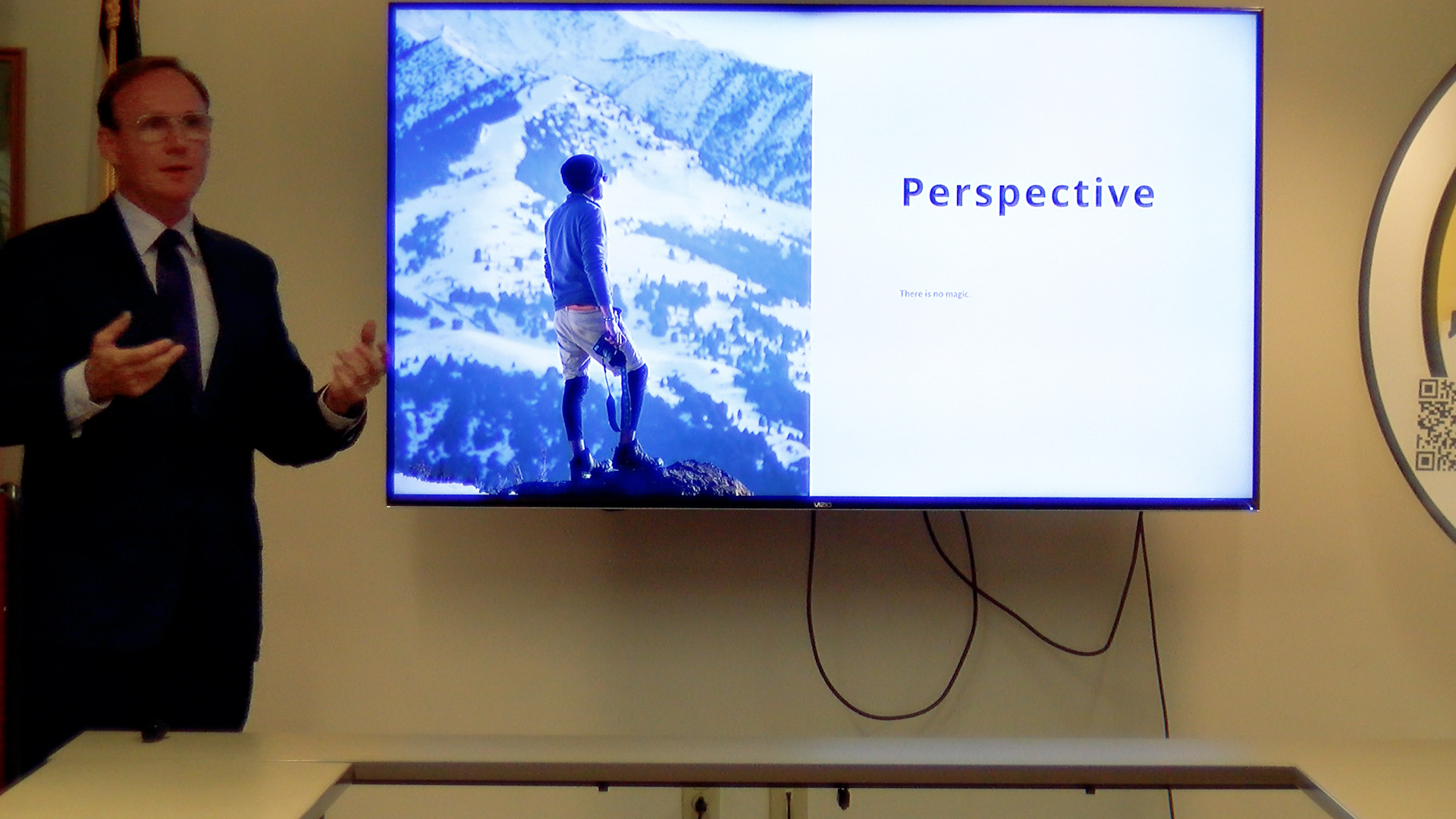
Navigating Sales and Marketing with Position and Perspective
This is the final of three clips I’ve made from my Up Next Charlie West presentation. It’s all about understanding your customers and meeting them where they are. I start by emphasizing that sales isn’t just about pushing products; it’s about nurturing relationships.
The common term for this is a funnel, but I think that’s a poor metaphor. A funnel implies everything goes in, but that’s not how sales and marketing work. You start with a large pool of potential customers, but not all will reach the end. Instead, you need to speak to people where they are in the buying journey.
Imagine someone who’s never heard of your company before. This is the awareness stage, the top of the funnel. They’ve just realized they have a problem and that there might be a solution out there. Your goal is to make them aware of your product or service.
Next is the consideration stage. They know there are solutions, but they’re researching their options. They’re looking for information. This is when you should provide valuable content that helps them make informed decisions.
Finally, the decision stage. They’ve done their research, and now they’re deciding between different options, possibly including your product or service. Your messaging here should focus on why they should choose you.
The key takeaway is that you must tailor your messaging to where the prospect is in their journey. Pushing a sale when they’re only aware of a problem will come across as aggressive and pushy.
Let’s go back to my earlier scenario about meeting someone at an event. If I were to approach someone and immediately propose marriage, it would be absurd. They don’t even know me yet! Instead, I’d start with a simple introduction, maybe asking if the seat next to them is taken. Slowly, step by step, we’d move towards a date.
In marketing, it’s the same. You guide prospects through a series of steps. You’re always careful not to assume they’re ready for the next step. That’s why the call to action is crucial. You’re inviting them to take the next step, but you respect their timing.
Then you have to have perspective. Most people will not be ready to move to the next step. And that’s okay. Keep them informed and talk to more people.
Remember, branding is important, but it’s not about logos or colors. It’s about the emotional connection people have with your brand. Deliver value, and your branding will naturally follow.
In conclusion, effective sales and marketing are all about understanding your customers’ positions and perspectives. You guide them through the buyer’s journey, step by step. Don’t rush, don’t assume, and always respect their timing. That’s the secret to success in this ever-changing landscape.
